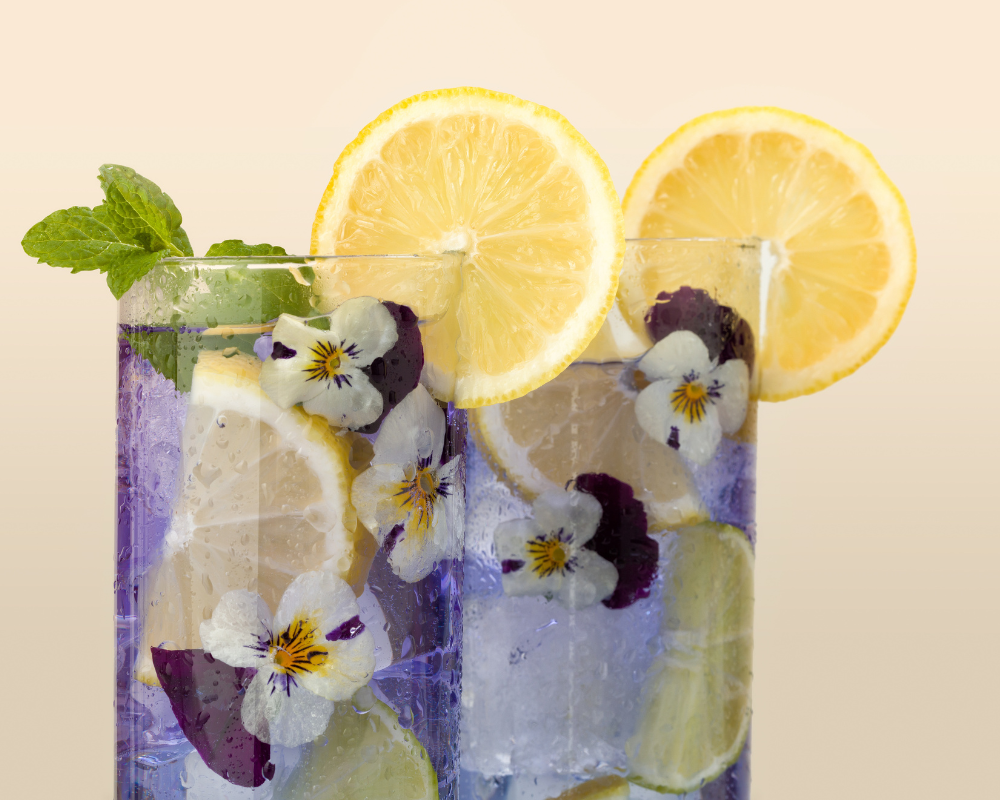4 Types of Edible Flowers To Plant Now.
Edible flowers have long been popular with chefs and gardeners alike. They make a wonderful garnish and beautiful decoration for drinks and cakes (like my Orange and Flora Tea Cake) - but it can be confusing at times to suss out which flowers are great for actually ingesting, and which should be avoided. With all flowers it’s important to choose those that are organically grown. This ensures that they are safe for consumption.
Here are some of the most popular:
Pansies and Violas
Pansies contain vitamin A, vitamin C, and multiple antioxidants. They have a mild, slightly sweet flavor, making them versatile for lots of dishes. They can be used in salads, as a colorful garnish, or in desserts. Their vibrant colors are especially gorgeous in the Spring arranged on cakes or frozen into ice cubes. These grow best in Spring and Fall when temps are cooler.
Johnny Jump Ups
Related closely to Violas, Johnny Jump Ups are smaller - about the size of a dime, and have a stronger tolerance to heat so they can grow throughout the growing season. They can have a wide variety of flavor profiles from mint and chocolate to dark chiles.
Nasturtium
Nasturtium offers a distinct flavor profile that combines a peppery bite with a hint of sweetness. The leaves and flowers possess an earthy, slightly herbaceous quality, reminiscent of arugula or watercress but often with a more pronounced spiciness. The blossoms, vibrant and colorful, have a milder taste, making them a visually appealing addition to salads, garnishes, or desserts. These do well from late Spring through Fall.
Begonia
While pansies and nasturtium are widely known for their culinary usefulness, Begonia is probably one of the lesser used blossoms in cooking. The flavor of begonia is intriguing and distinct, characterized by a unique blend of tartness and subtle earthiness. Often described as refreshing, begonia leaves offer a crisp texture with a mildly acidic taste, reminiscent of a cross between citrus and rhubarb. This tartness can be pleasantly sharp, providing a bright contrast in both savory and sweet dishes.
Begonia is often used in salads, where its vibrant leaves add not just flavor but also an eye-catching touch. It pairs well with creamy dressings, cheeses, and fruits, enhancing the overall palate with its piquant notes. In some cultures, begonias are also incorporated into desserts, where their tartness can balance the sweetness, creating a harmonious flavor profile. Begonia do well in late Spring through early Fall.







